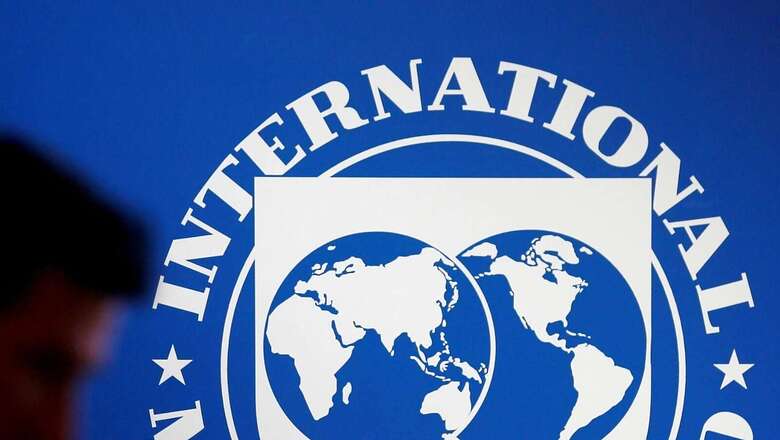
views
Extreme poverty in India was below one per cent in the pre-pandemic year 2019 and food transfers, through the Pradhan Mantri Garib Kalyan Yojana (PMGKY), were instrumental in ensuring that it remained at that low level in the pandemic year 2020 also, according to a Working Paper released by the International Monetary Fund (IMF).
The IMF Working Paper, titled ‘Pandemic, Poverty & Inequality: Evidence from India’ and published on Tuesday, said “Extreme poverty was as low as 0.8 per cent in pre-pandemic year 2019 and food transfers were instrumental in ensuring that it remained at that low level in the pandemic year 2020.”
It added that “post-food subsidy inequality at 0.294 is now very close to its lowest level 0.284 observed in 1993/94”.
The Fund said the Paper presents estimates of poverty (extreme poverty PPP USD 1.9 and PPP USD 3.2) and consumption inequality in India for each of the years 2004-05 through the pandemic year 2020-21. “These estimates include, for the first time, the effect of in-kind food subsidies on poverty and inequality.”
The paper said, “89.1 per cent of rural eligible households and 77.3 per cent of urban households (All India average – 84.6 per cent) received food transfers during the pandemic via the PDS (the Pradhan Mantri Garib Kalyan Yojana).”
Effective targeting of food seems to have been the most appropriate policy response to pandemic-induced poverty. The average Indian consumption basket (2011-12 CES) reports the share of food to be 46 per cent. For the poor, the fraction is upwards of 60 per cent, the IMF said.
It said, “The expansion of India’s food subsidy program rather than increasing cash transfers enabled the government to provide for free food as per the average monthly requirement to all those who were entitled to purchase the same from the PDS system. The Food Security Act (2013) and the increased use of Aadhar accelerated the declining proportion of leakage(s) in the programme.”
Part of the Atmanirbhar Bharat package, the central government’s PMGKY had become operational in April 2020. Its first phase continued till June 2020. The scheme was extended to November 2020 in the second phase. Subsequently, it was further extended till March 2022 in November last year for four months till March 2022. Its Phase-VI during April-September 2022 will entail an estimated additional food subsidy of Rs Rs. 80,000 crore.
Under the scheme, more than 81.35 crore persons are eligible to get five kg free wheat/rice per person per month, along with 1 kg free whole chana to each family per month.
Read all the Latest Business News and Breaking News here


















Comments
0 comment